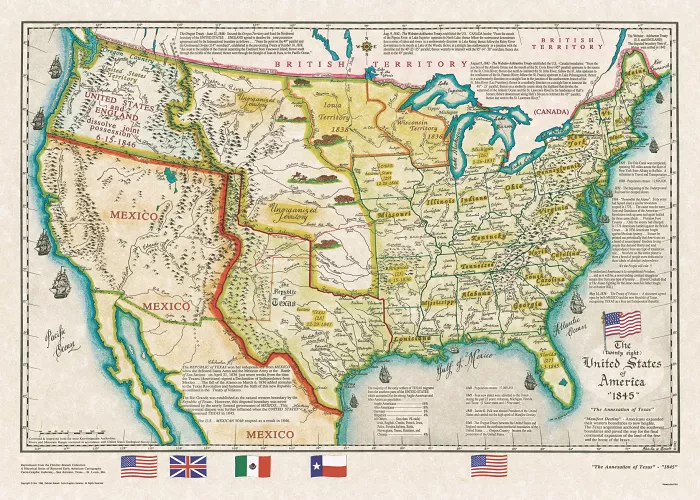Texas, now the second-largest state in the United States, has a rich and complex history of ownership and control. Before becoming a U.S. state, the region known today as Texas was governed by various entities, including indigenous peoples, European colonial powers, and independent nations. This article explores the historical transitions of authority over Texas, from its earliest inhabitants to its eventual annexation by the United States.
Indigenous Peoples: The First Inhabitants
Long before European exploration, Texas was inhabited by numerous Native American tribes, each with distinct cultures and territories. These indigenous groups included the Caddo in the east, the Comanche and Apache in the central and western regions, and the Karankawa along the Gulf Coast. They lived in diverse environments, from the forests of East Texas to the deserts of the West, developing unique societies and ways of life.
Spanish Colonial Era (1519–1821)
The first European presence in Texas began with Spanish explorers in the early 16th century. In 1519, Alonso Álvarez de Pineda mapped the Texas coastline, and in 1685, French explorer Robert de La Salle established Fort Saint Louis near Matagorda Bay. This French presence prompted Spain to strengthen its claims, leading to the establishment of missions and presidios (military forts) in the region. Over the next century, Spain expanded its influence, founding settlements like San Antonio and El Paso. This period saw the introduction of European culture, religion, and governance to the area.
Mexican Independence and the Era of Mexican Texas (1821–1836)
In 1821, Mexico gained independence from Spain, and Texas became part of the new nation. Initially, the Mexican government encouraged settlement by granting land to both Mexicans and foreigners, including many from the United States. However, tensions arose due to cultural differences, disputes over slavery, and governance issues. These conflicts culminated in the Texas Revolution, where Anglo-American settlers and Tejanos (Texans of Mexican heritage) fought for independence. The revolution concluded with the Battle of San Jacinto in 1836, leading to the establishment of the Republic of Texas.
Republic of Texas (1836–1845)
Following its declaration of independence, the Republic of Texas existed as a sovereign nation for nearly a decade. During this period, Texas faced challenges such as establishing a stable government, defending its borders against Mexican attempts to reclaim the territory, and managing relations with neighboring countries. The republic’s economy struggled, and debates over slavery and statehood intensified.
Annexation by the United States (1845)
In 1845, after years of political debate and negotiation, Texas was admitted to the United States as the 28th state. This annexation was driven by factors such as the desire for westward expansion, the institution of slavery, and the strategic importance of the region. However, the annexation was contentious, leading to the Mexican-American War (1846–1848). The war concluded with the Treaty of Guadalupe Hidalgo, where Mexico recognized U.S. sovereignty over Texas and ceded additional territories, solidifying the boundaries of the modern United States.
Conclusion
The history of Texas’s ownership reflects a tapestry of indigenous cultures, colonial ambitions, revolutionary ideals, and geopolitical strategies. From its original inhabitants to its time as a Spanish colony, a Mexican province, an independent republic, and finally a U.S. state, Texas’s past is a microcosm of broader historical themes in the Americas. Understanding this history provides insight into the state’s unique identity and its role in the larger narrative of American development.

